Director’s Desk
Director's Desk

Prof. (Dr.) Ranjan Das
MBBS, MD, PGCHM, PGCHFWM, CCFE, FIPHA, MIAPSM, NCDCNamaskar !
I consider it an honour to be given charge of the historic and prestigious National Centre for Disease Control (NCDC) India, as its 26th Director for which I am grateful. While this is a moment of joy as I assume charge and get to know the spectrum of national and international public health work done by this institute, I also take this opportunity to assure all that the good work initiated by my very able predecessors shall be taken forward even more vigorously and newer initiatives shall follow.
Since the core of any organization is its workforce, I therefore, in the first instance, extend my heartiest greetings to NCDC’s multi-disciplinary, multi-cadre public-health workforce, for their remarkable resilience, dedication and commitment in meeting the organization’s mandates. I also implore upon them to continue giving their best to the organization and the nation.
It is my proud privilege to acknowledge that, NCDC throughout its 115 glorious years, has discharged its traditional mandate of disease surveillance, outbreak investigation, rapid containment and research very effectively – be it SARS, Avian Influenza, Novel H1N1 Influenza, Zika, Nipah, COVID 19, Chandipura disease, Scrub typhus, Leptospirosis, etc. or the ongoing M-pox, Guillian-Barre syndrome, Avian-influenza, etc. My pride moves a notch higher as I note the global acclaim received by then NICD, for its contribution in Eradication/ Elimination of Small Pox, Guniea Worm disease, Yaws and Poliomyelitis.
I am also delighted to share that this great organization has transformed constantly as per requirement, beginning as Central Malaria Bureau in 1909 at Shimla, and has now in cognizance of changing demographic, disease, epidemiological, and environmental needs, has modified its core functions aligned to a four-pronged strategy – Modernizing Surveillance, Developing Public Health Workforce, Strengthening Laboratory Networks, and Enhancing Pandemic Preparedness and Emergency Response.
It gives me immense satisfaction to share that to fulfill above expanded mandates, NCDC has embarked on an ambitious expansion path under the Government of India’s flagship programme, the Prime Minister’s Aayushman Bharat Health Infrastructure Mission (PM-ABHIM). Significant work has been accomplished and is in progress to establish 5 Regional and 30 State/ UT Branches, 20 Metropolitan Surveillance Units, and a network of 10 state-of-the-art BSL 3 labs across the country. My satisfaction is heightened further to share that the modern NCDC is now also functioning as the National Focal Point (NFP) for International Health Regulations (IHR), Occupational & Environmental Health including for Climate Change & Human Health (CCHH), Anti Microbial Resistance (AMR), One Health (OH), and a beginning has also been made for launching a pilot programme on Chemical Safety under IHR.
In addition to above, NCDC administers eight national health programs of MOHFW, few of which are: the Integrated Disease Surveillance Program (IDSP) through it’s Integrated Health Information Platform (IHIP), the Climate Change Programme for Human Health, the One Health Program for Control of Zoonotic Diseases, the Viral Hepatitis Control & Surveillance Program, the Rabies Control Program, the Leptospirosis Control Program, the Snakebite & Envenomation Program, the Anti Microbial Resistance Containment Program, etc. NCDC also works incessantly for maintaining Polio-free status of the country, and for elimination of Measles, Lymphatic Filariasis, Leishmaniasis, etc. Non-communicable diseases are also now included in the mandate of this organization, and technical support is provided to the NP-NCD Programme through capacity building for GDMOs and technical guidelines for conditions like COPD, Asthma, etc. and more being in pipeline.
While all the national programmes run by NCDC on behalf of the MoHFW are doing commendable work, one needs special mention – the Integrated Disease Surveillance Programme (IDSP), keeping in mind the essentiality to monitor the epidemic-prone diseases including the VPDs across the country, and initiate rapid containment measures as soon as any excess/ clustering is detected. This requires near real-time, daily, case-based, electronic event reporting system for over 40 epidemic-prone conditions across States and Districts up to the grass-root level through the digital Integrated Health Information Platform (IHIP). It would however, be my suggestion that the strengthening of IDSP and IHIP as well as the Block Public Health Units (BPHU) which has already commenced, involving all stakeholders, needs to be fast tracked in alignment of impending/ achieved elimination targets.
All the above stated distinguished accomplishments have been possible only because of unwavering support, cooperation and guidance of the Directorate General of Health Services, whose subordinate office NCDC is, and the Ministry of Health & Family Welfare, Govt. of India, whose line department we are. NCDC shall remain ever indebted to both, and shall look forward to their continued support and guidance.
I shall fail in my duty if I do not also simultaneously thank and acknowledge our partners/ collaborators at international, national and state levels, without whom the previously stated glorious achievements couldn’t have been possible. The more prominent of such agencies being – WHO, UNDP, World Bank, NITI Aayog, Indian Council of Medical Research (ICMR), international agencies like CDC, various Universities, Private partners, and the Health authorities of States/ UTs. It is is hereby, assured that NCDC shall continue to work even more closely with all our collaborators and forge strategic partnership with premier national institutions viz. the National Disaster Management Authority (NDMA), the National institute of Disaster Management ((NIDM), the National Institute of One Health (NIOH), the All India Institute of Hygiene & Public Health (AIIH&PH), etc. and international agencies also for achieving our shared visions.
I also take this opportunity to appreciate all my predecessor’s efforts to leverage cutting-edge technology in diagnostics/ molecular genomics jointly with Indian Council of Medical Research (ICMR) Institutions including the INSACOG and VRDL network and that of National Polio, National Measles/ Rubella laboratories jointly with the WHO, and in use of digital health technologies for near real-time disease surveillance jointly with WHO and NPSN network. The work already done should inspire us to further explore whether newer affordable technologies are available with pioneering institutions like the Indian Institute of Technology (IIT), the Indian Institute of Science (IISc, Bangalore), the Indian Space Research Organization (ISRO, Thiruvananthapuram), etc. which can be harnessed and fused into our present and future public health requirements.
I also take this opportunity to urge my colleagues within NCDC, and outside, keeping in mind the emerging/ re-emerging diseases, the frequent zoonotic disease outbreaks with inter-species spill-overs, and the changing geo-political scenario, to grab the challenge and emerge as the global leader for providing well-qualified and trained multi-disciplinary public health work-force for meeting pandemic-preparedness as well as non-pandemic routine public health needs, as is also envisioned by our national authorities.
Similarly, with respect to the mandate of research, which is essential in today’s rapidly changing public health scenario, and which has already been commenced by my immediate predecessors, it would be my endeavour to pursue the same even more vigorously, such that a strong culture of research is cultivated in each of the divisions of NCDC. In this regard, my focus shall be on operations/ implementation research as well as translational research, jointly with ICMR agencies, the National Health Mission, as well as other Programme Divisions of MoHFW, a few of which have already commenced.
Before I conclude, may I propose a six-pronged strategy to facilitate NCDC’s transformation into a vibrant, world-class National Public Health Institution in alignment with the High-Level Expert Group (HLEG) Report and NITI Aayog’s Future Pandemic Preparedness Framework. The six proposed strategies being:
(i) The specialized Divisions/ Centres Arboviral & Zoonotic Diseases, Bacterial Diseases, Parasitic Diseases, Viral Hepatitis, Medical Entomology & Vector Management, AIDS & related diseases, etc. to emerge as true global fountainheads w.r.t. diagnostics, research, surveillance and outbreak response, for which a Consortium of Public Health Institutions, may be the first step;
With NCDC at the lead, the Consortium might comprise of the National Vector Borne Disease Control Programme (NVBDCP – for Malaria, Filaria, Viral Encephalitis, Kala-azar, Dengue & Chickungunya), the All India Institute of Hygiene & Public Health (AIIH&PH Kolkata including its 11 PH University departments, 8 Field Practise Units and the proposed Priority Tropical Diseases Centre at RLTRI, Bankura), the National Institute of Health & Family Welfare (NIHFW – New Delhi), the National Health Systems Resource Centre (NHSRC New Delhi), etc.
(ii) The Divisions/ Centres within NCDC to work in a more integrated, convergent and synchronized manner supporting each other, including for program development, implemention and M&E, for which steps have already been initiated;
(iii) NCDC, jointly with other Consortia Institutions, develop the much required multi-cadre public health courses/ trainings to fulfill the requirement of skilled PH professionals including the Epidemic Intelligence Service (EIS) course, the Field Epidemiology Training Programme (FETP) course, etc. besides various other courses/ short-term trainings in Epidemiology, Public Health, International Health, Health Data Analytics, etc.
(iv) NCDC continues to work even more closely with States/ UTs through the State NCDC branches, the Regional Offices of H&FW (ROHFW), the Points of Entry (POE), & through the various National Health Programs of MOHFW, including NHM, through which a paradigm shift in public health outcomes might be achieved;
(v) NCDC further enhances its collaboration with institutions like the Indian Council of Medical Research (ICMR), global agencies like WHO, UNDP, World Bank, etc. Universities, Private partners, and also through multilateral geo-political agencies such as ASEAN, SAARC, QUAD, Indo-Pacific Group of nations, BRICS, G20, etc.
(vi) NCDC works even more closely with allied sectors/ ministries/ departments like Animal Husbandry, Forests, Environment & Climate Change, India Meteorological Department, National Disaster Management Authority, the National Institute of Disaster Management, the Principal Scientific Advisor’s Office to the PMO, etc. to fulfill MOHFW’s over-arching role in Missions like One Health, Climate Change and Human Health, Pandemic Preparedness, Control of Anti-microbial Resistance, etc.
It is my strong conviction that above proposed strategies, complemented by newer initiatives already commenced like “ZooWin digital solution to streamline vaccine management of anti-rabies vaccine, anti-rabies serum and anti-snake venom”, “Strengthening of VPD surveillance through IHIP”, etc. and cutting-edge research like on “surveillance of human-spillable zoonosis in bird-sanctuaries using animal husbandry/ wildlife healthcare/ diagnostic facilities and their capturing on IHIP portal” or “genome sequencing of mosquito species coming aboard ships from foreign countries” jointly with ICMR and/or PH International Health, etc. has the potential to turn NCDC into a truly global and vibrant public health institute.
I therefore, invite all government and international agencies, research institutions, universities, private organizations, etc. working in fields similar to those of NCDC, to work collaboratively, in partnership and in tandem, such that the national and international mandates of disease surveillance/ containment measures, pandemic preparedness including diagnostics, health program development, implementation and their M&E, etc. are all fulfilled simultaneously, thereby achieving not just national but global health security.
To conclude, I request all the heads of national public health institutes across the globe to pledge to dedicate themselves and their institutions to provide the much needed public health leadership not only for our respective territories but for all fellow nations. It is my humble submission here that India has already taken the lead in this regard and NCDC is already collaborating with the Indo-Pacific group of nations, the QUAD and through the forum of G20, under the overall guidance and supervision of the Directorate General of Health Services and the MOHFW, Government of India.
I pen off with a vision where every nation contributes effectively to global health security through public health stewardship based on scientific excellence, data-driven decisions, innovations, and evidence-based policy making, and this is where NCDC Bharat has a key role to play.
With warmest regards,
Jai Bharat !
Prof. (Dr.) RANJAN DAS
Director
National Centre for Disease Control
Dte. General of Health Services
&
Director
Professor of Community Medicine
Central Health Service
Ministry of Health & Family Welfare,
Government of India








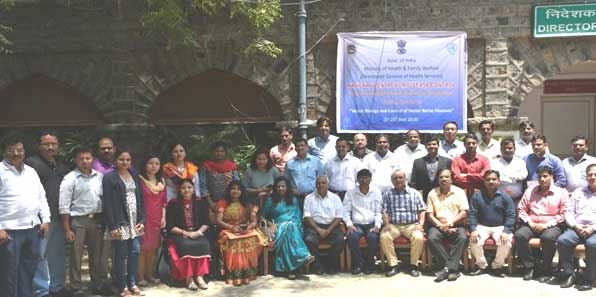
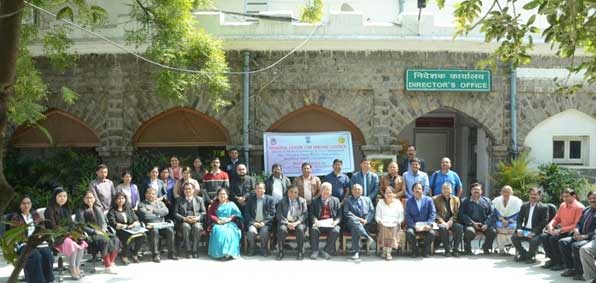
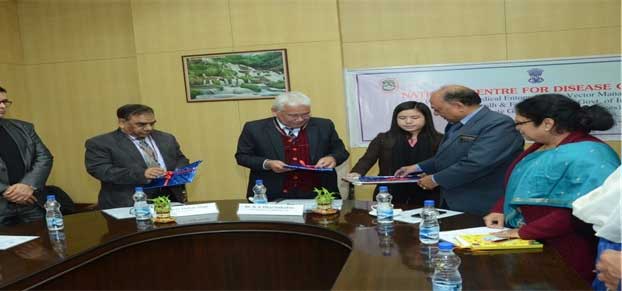
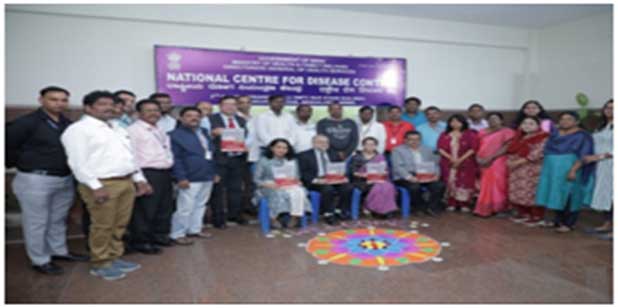



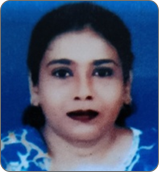

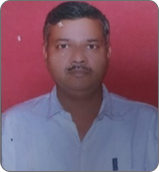

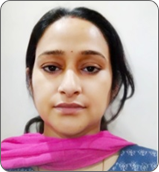



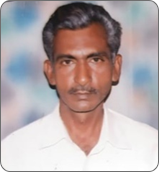


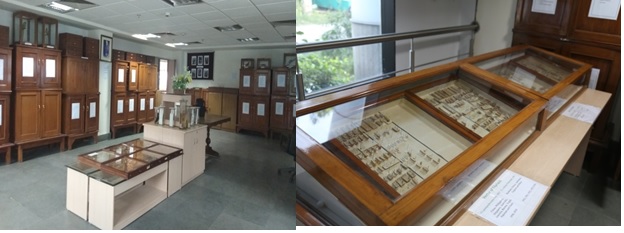
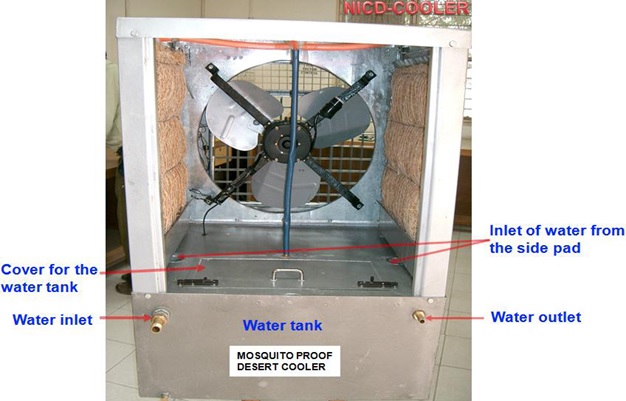
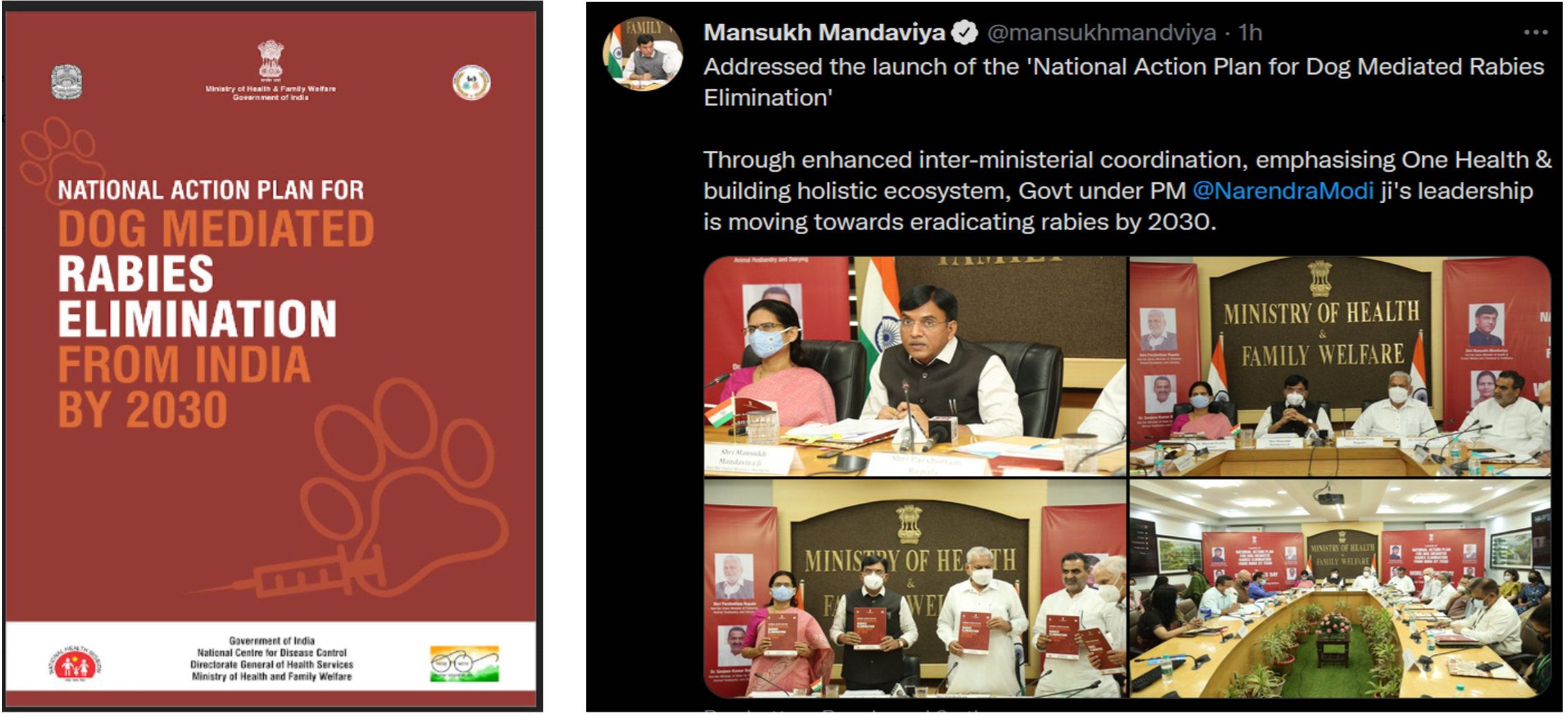

 5. Institutional mechanism for Rabies- Under the NRCP, to provide guidance for policy level, a National Technical Advisory Committee on Rabies (N-TAC) has been formed to provide continuous guidance to the program division for implementation.
5. Institutional mechanism for Rabies- Under the NRCP, to provide guidance for policy level, a National Technical Advisory Committee on Rabies (N-TAC) has been formed to provide continuous guidance to the program division for implementation.
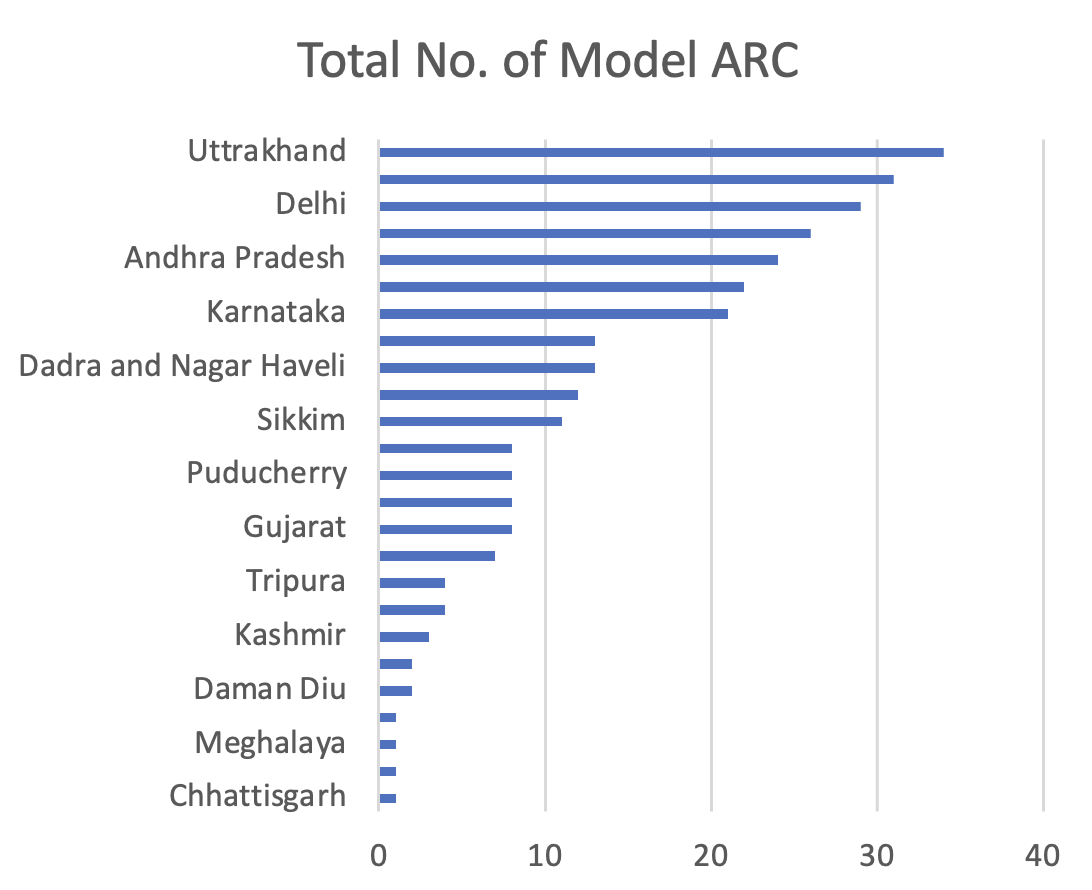 12. Implementation of Rabies Helpline number in the 4 States
12. Implementation of Rabies Helpline number in the 4 States





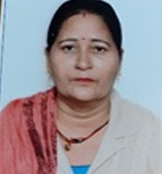

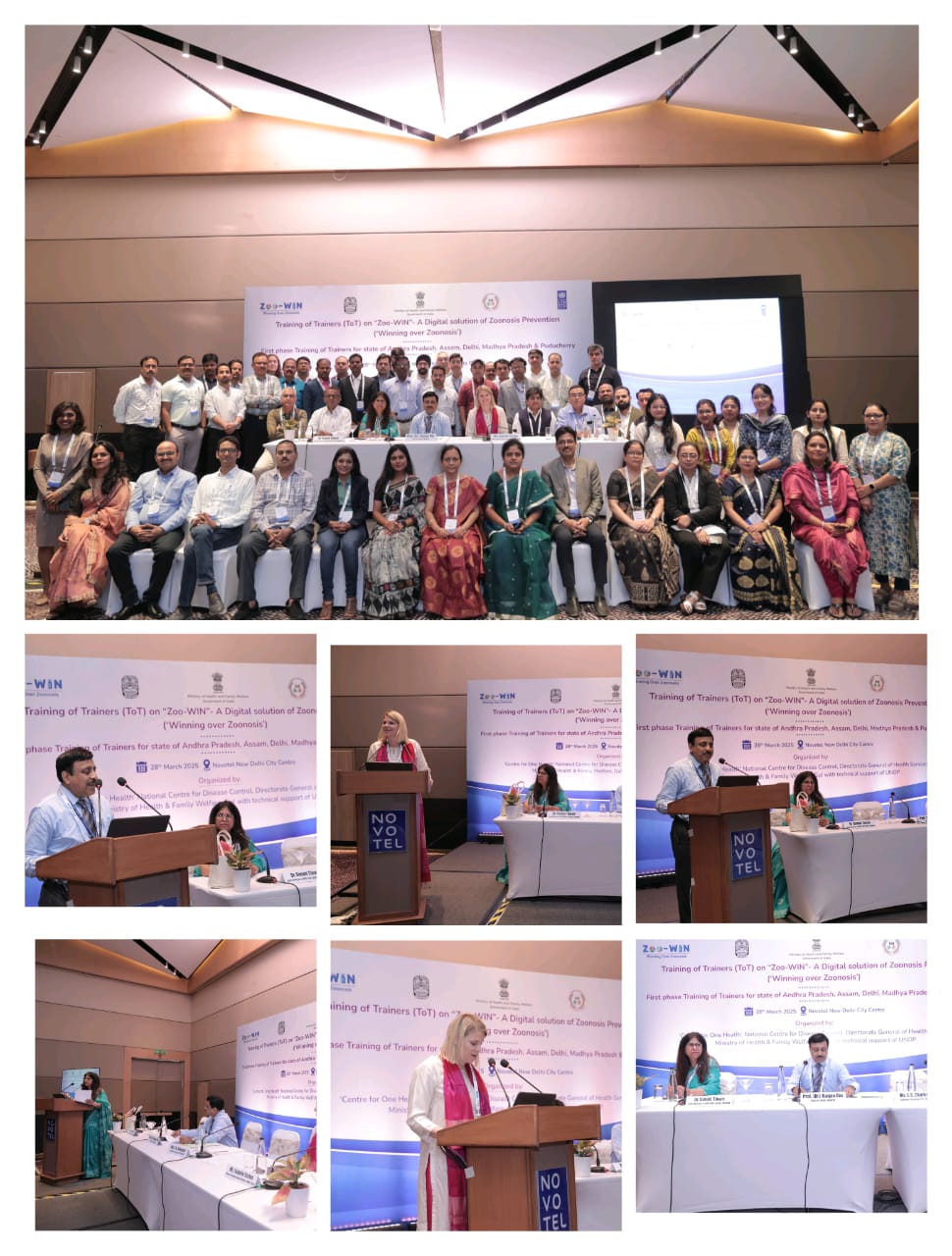
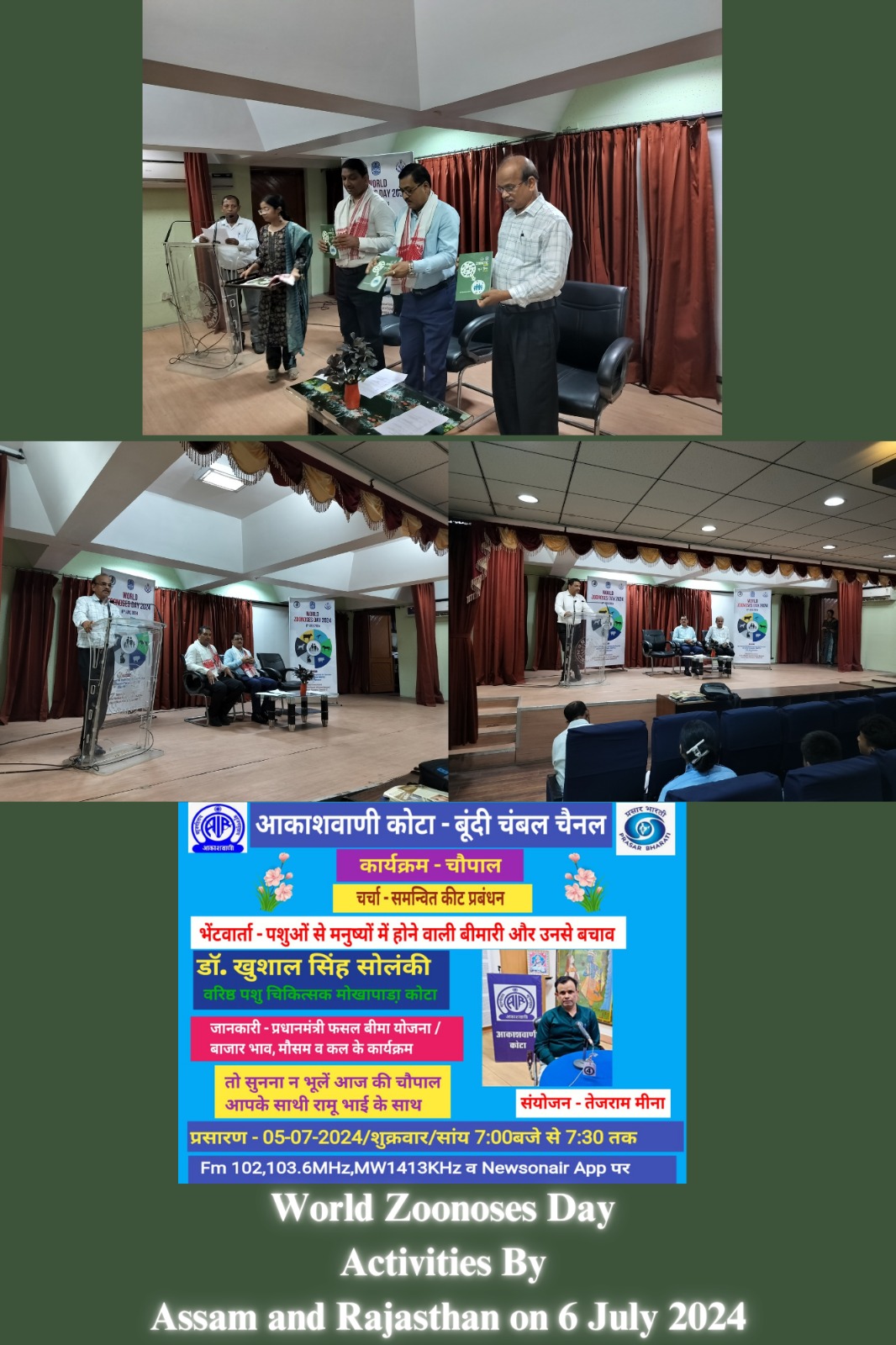

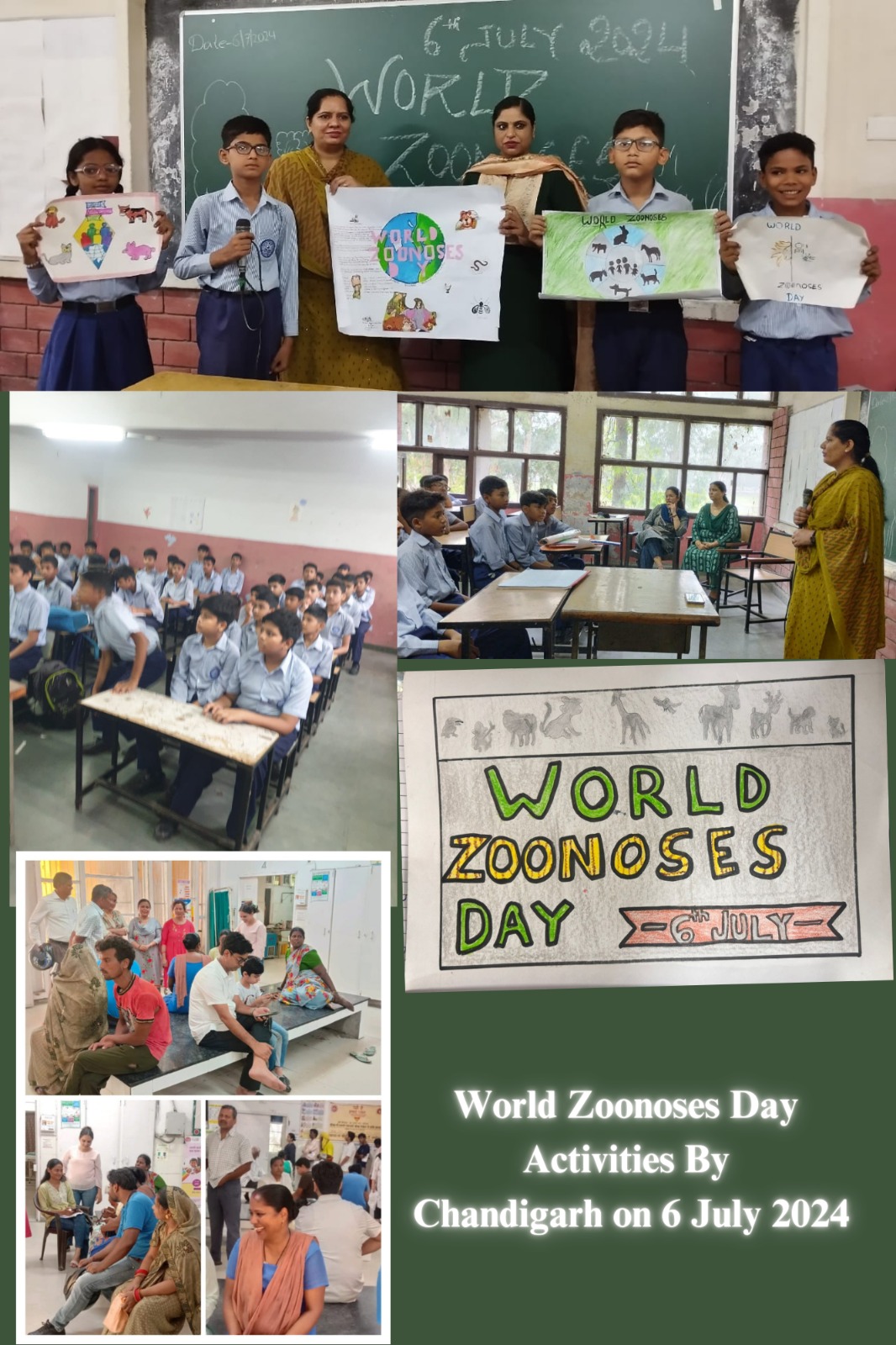
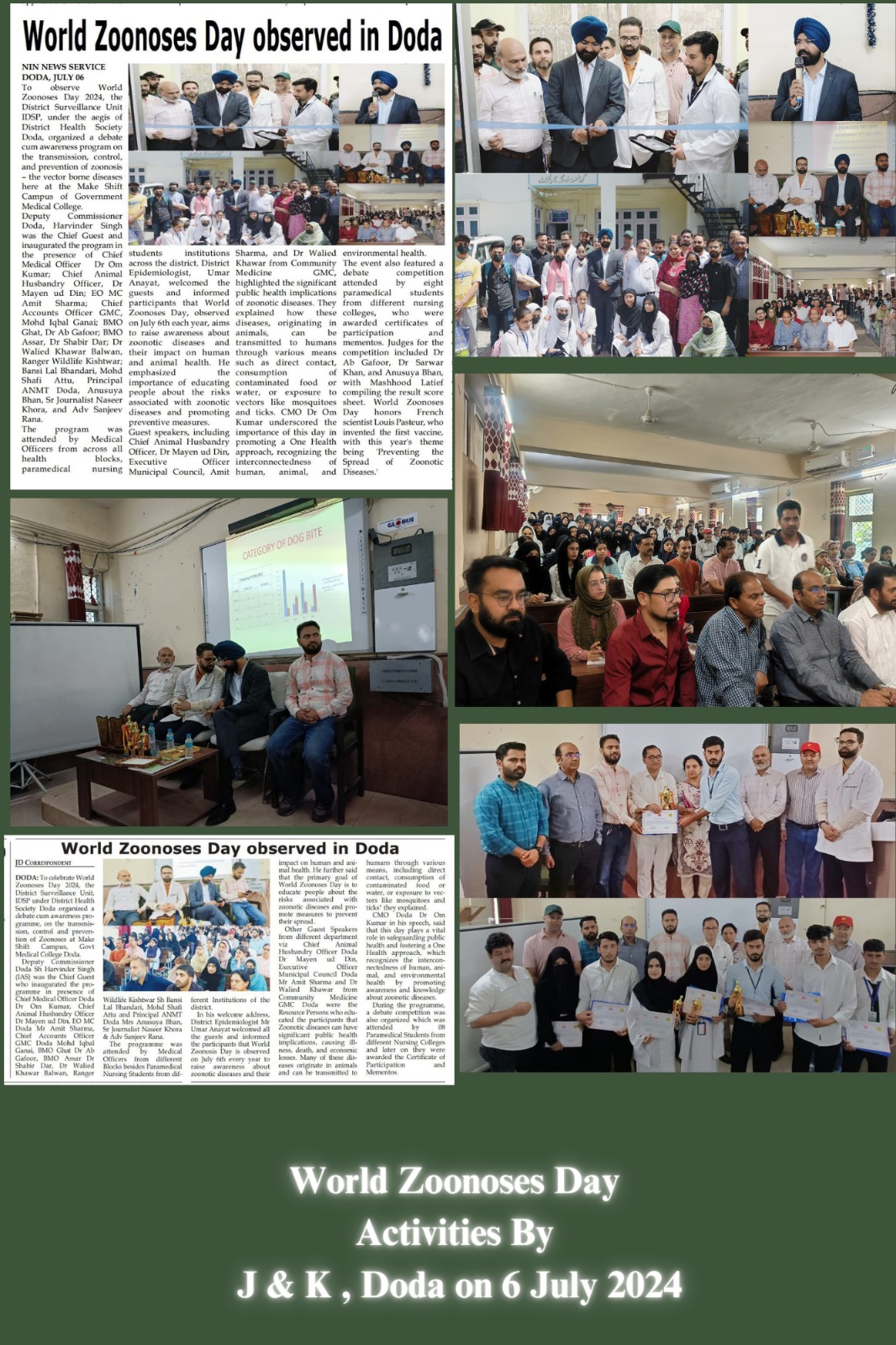
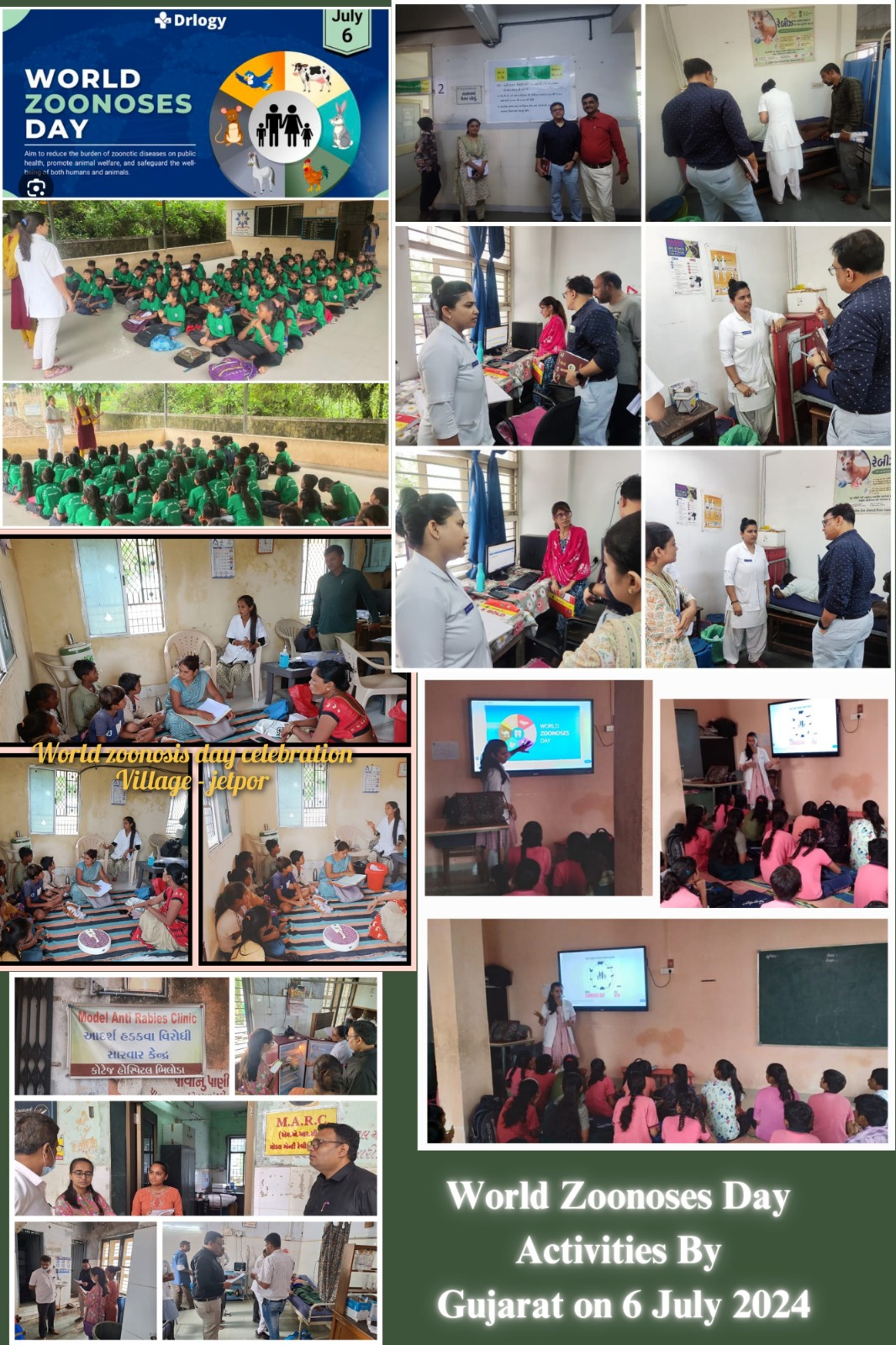
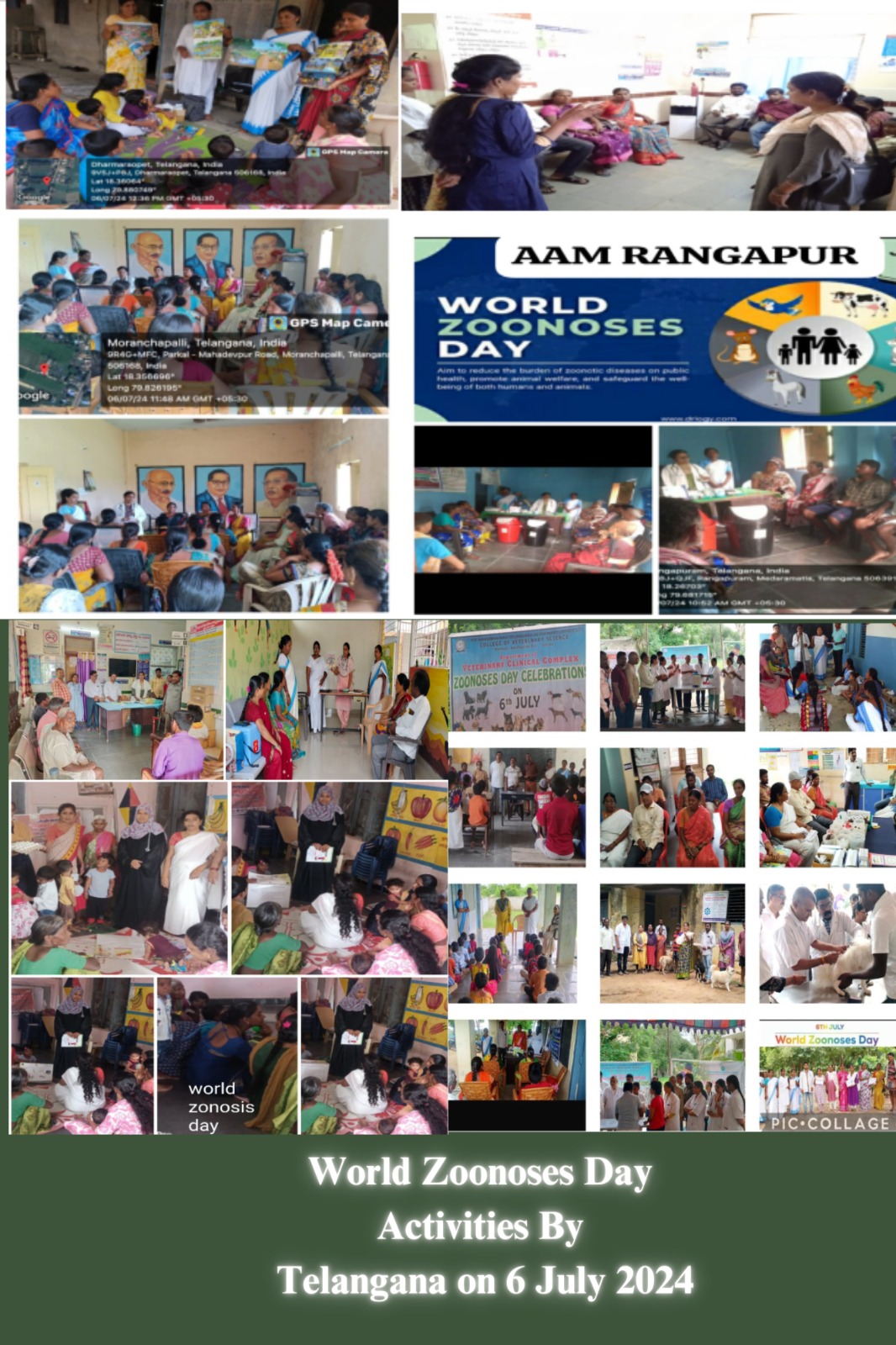



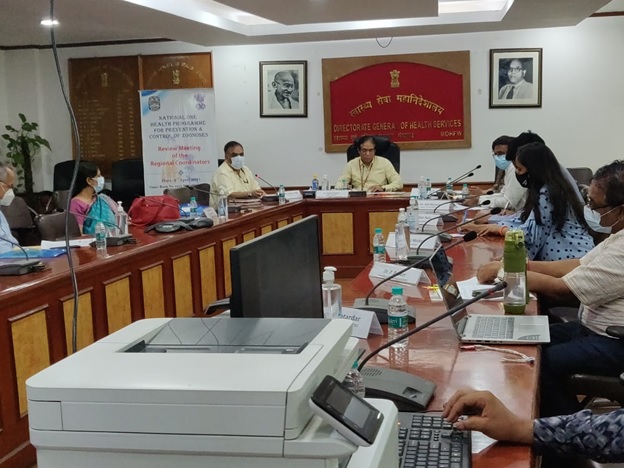 Review meeting of the Regional Coordinators under National One Health Programme for Prevention and Control of Zoonoses (NOHPP-CZ) under the Chairpersonship of Directorate General of Health Services (DGHS), on 6 April 2021 at Ministry of Health & Family Welfare, and Government of India New Delhi- 110001
Review meeting of the Regional Coordinators under National One Health Programme for Prevention and Control of Zoonoses (NOHPP-CZ) under the Chairpersonship of Directorate General of Health Services (DGHS), on 6 April 2021 at Ministry of Health & Family Welfare, and Government of India New Delhi- 110001
 10th meeting on standing committee of Zoonosis held on 09th December, 2021 under the chairmanship of DGHS, Dr. Manju Bala and Co-chaired by Animal Husbandry Commissioner (AHC), GOI at Nirman Bhawan, Ministry of Health & Family Welfare, Delhi, New Delhi-110001
10th meeting on standing committee of Zoonosis held on 09th December, 2021 under the chairmanship of DGHS, Dr. Manju Bala and Co-chaired by Animal Husbandry Commissioner (AHC), GOI at Nirman Bhawan, Ministry of Health & Family Welfare, Delhi, New Delhi-110001
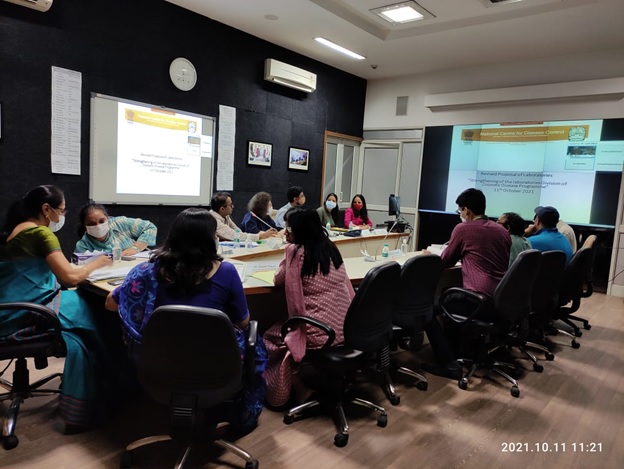 Meeting of Laboratory Expert Group Committee for strengthening of the laboratories under Division of Zoonotic Disease Programme, under the Chairpersonship of Dr. Manju Bala, National Centre for Disease Control, Government of India, New Delhi on 11th October 2021
Meeting of Laboratory Expert Group Committee for strengthening of the laboratories under Division of Zoonotic Disease Programme, under the Chairpersonship of Dr. Manju Bala, National Centre for Disease Control, Government of India, New Delhi on 11th October 2021
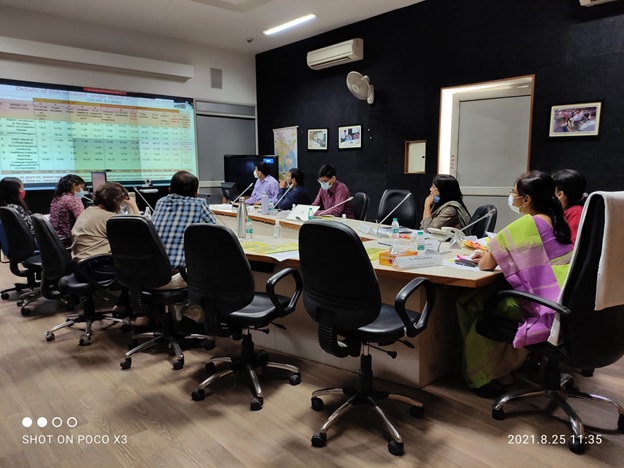 Meeting of Laboratory Expert Group Committee for strengthening of the laboratories under Division of Zoonotic Disease Programme, under the Chairpersonship of Dr. Manju Bala, National Centre for Disease Control, Government of India, New Delhi on 25th August 2021
Meeting of Laboratory Expert Group Committee for strengthening of the laboratories under Division of Zoonotic Disease Programme, under the Chairpersonship of Dr. Manju Bala, National Centre for Disease Control, Government of India, New Delhi on 25th August 2021
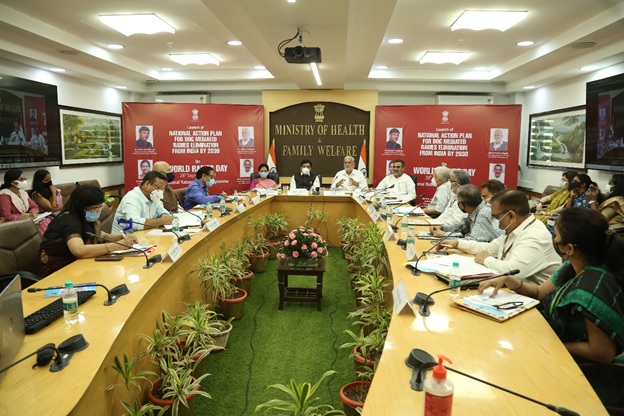 Joint Launch of “National Action Plan for Dog Mediated Rabies Elimination from India 2030” at Nirman Bhawan on 28th Sep 2021 by Hon’ble Union Minister HFM, Hon’ble Minister of State HFM & Hon’ble Union Minister MoF&AHD and Hon’ble Minister of State MoF&AHD
Joint Launch of “National Action Plan for Dog Mediated Rabies Elimination from India 2030” at Nirman Bhawan on 28th Sep 2021 by Hon’ble Union Minister HFM, Hon’ble Minister of State HFM & Hon’ble Union Minister MoF&AHD and Hon’ble Minister of State MoF&AHD
 Joint Launch of “National Action Plan for Dog Mediated Rabies Elimination from India 2030” at Nirman Bhawan on 28th Sep 2021 by Hon’ble Union Minister HFM, Hon’ble Minister of State HFM & Hon’ble Union Minister MoF&AHD and Hon’ble Moinister of State MoF&AHD
Joint Launch of “National Action Plan for Dog Mediated Rabies Elimination from India 2030” at Nirman Bhawan on 28th Sep 2021 by Hon’ble Union Minister HFM, Hon’ble Minister of State HFM & Hon’ble Union Minister MoF&AHD and Hon’ble Moinister of State MoF&AHD
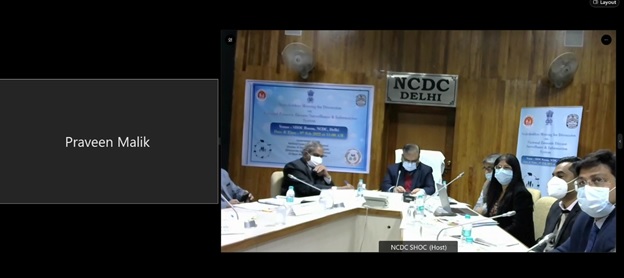 Stakeholders meeting for discussion on National Zoonotic Disease surveillance and information System under the Chairpersonship of Director & Co-Chairpersonship of Dr. Venkatesh on 9 Jan 2022 at National Center for Disease Control
Stakeholders meeting for discussion on National Zoonotic Disease surveillance and information System under the Chairpersonship of Director & Co-Chairpersonship of Dr. Venkatesh on 9 Jan 2022 at National Center for Disease Control
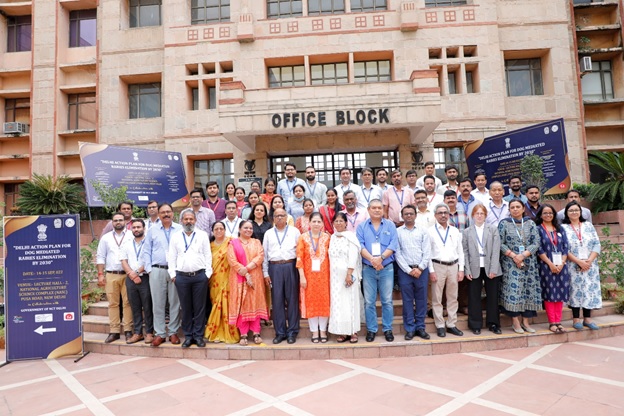 Delhi Action Plan for Dog Mediated Rabies Elimination By 2030 on 14th & 15th September 2022
Delhi Action Plan for Dog Mediated Rabies Elimination By 2030 on 14th & 15th September 2022
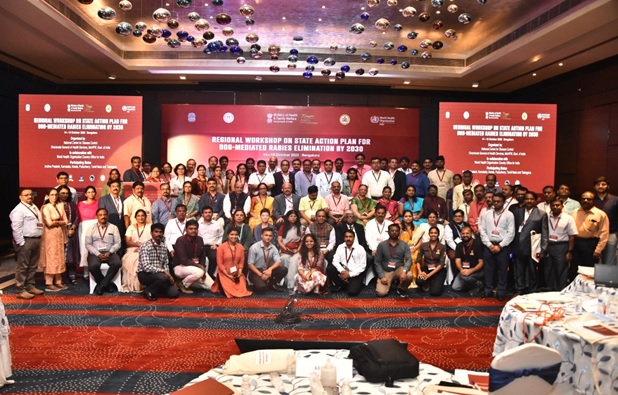 South Regional Workshop State Action Plan for Dog-Mediated Rabies Elimination by 2030 in Assam 14- 15 October 2022.
South Regional Workshop State Action Plan for Dog-Mediated Rabies Elimination by 2030 in Assam 14- 15 October 2022.
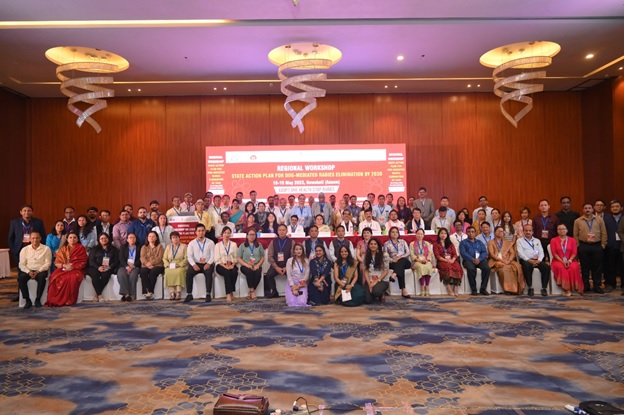 North-East Regional Workshop State Action Plan for Dog-Mediated Rabies Elimination by 2030 in Assam 18- 19 May 2023.
North-East Regional Workshop State Action Plan for Dog-Mediated Rabies Elimination by 2030 in Assam 18- 19 May 2023.
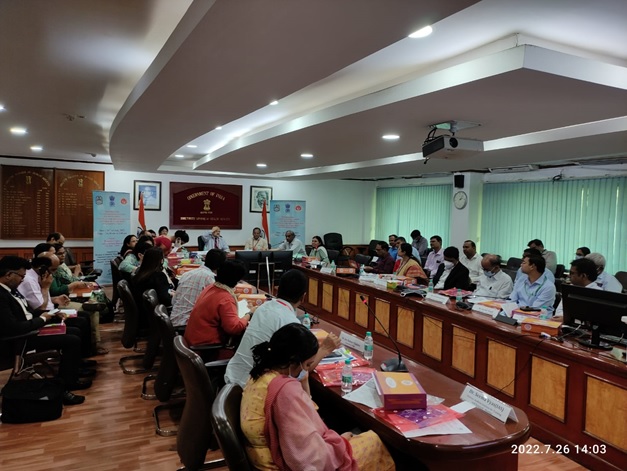 Meeting for “National Consultation on Developing Action Plan for Prevention and Control of Snake Bite Envenoming India” on 26th July 2022
Meeting for “National Consultation on Developing Action Plan for Prevention and Control of Snake Bite Envenoming India” on 26th July 2022
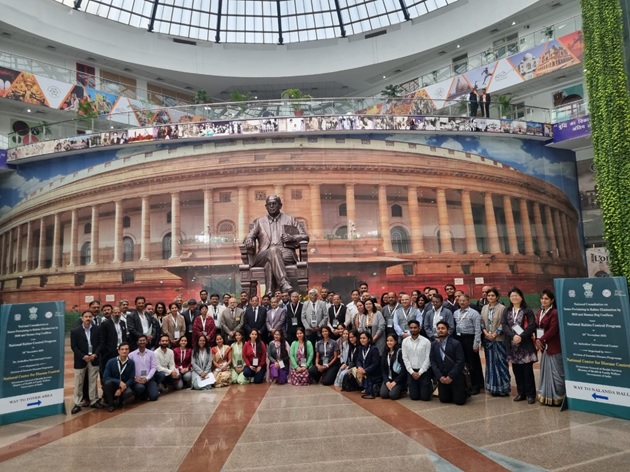 National Consultation on Issues Pertaining to Rabies Elimination by 2030 and Human Dog Conflicts under National Rabies Control Program, National Centre for Disease on 30th November 2022
National Consultation on Issues Pertaining to Rabies Elimination by 2030 and Human Dog Conflicts under National Rabies Control Program, National Centre for Disease on 30th November 2022
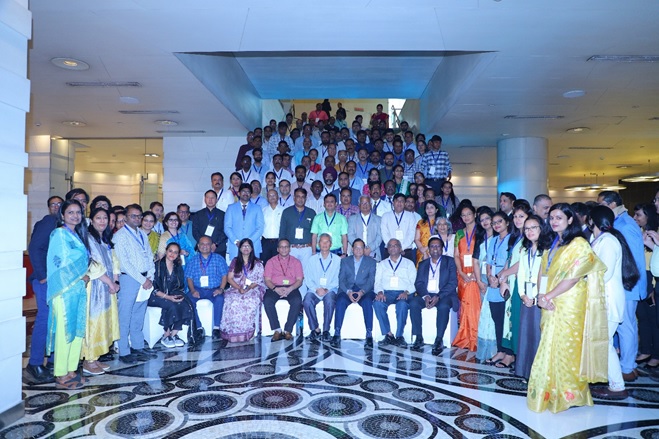 National Conclave “Uniting for One Health” World Zoonoses Day 2023 on 6th & 7th July 2023
National Conclave “Uniting for One Health” World Zoonoses Day 2023 on 6th & 7th July 2023

